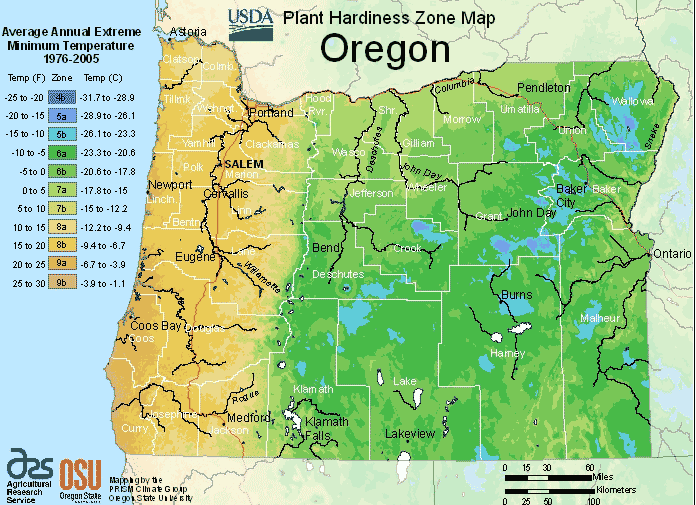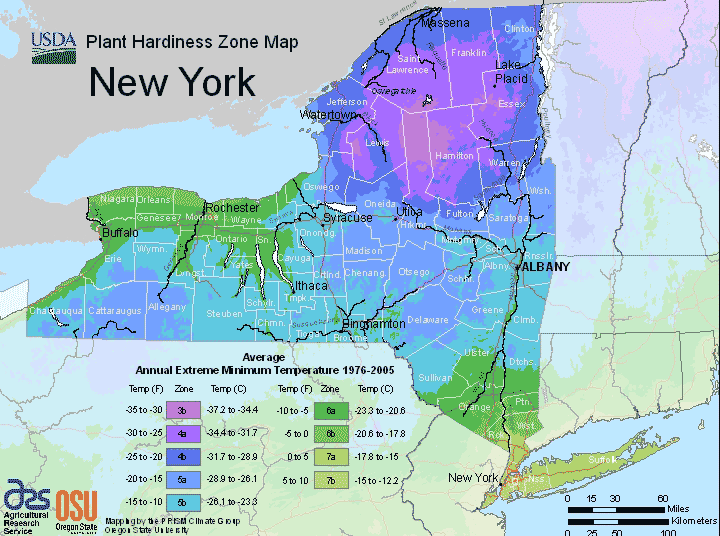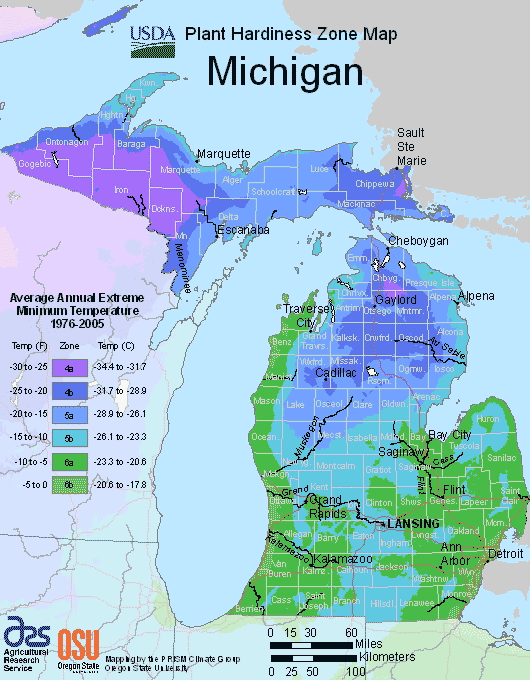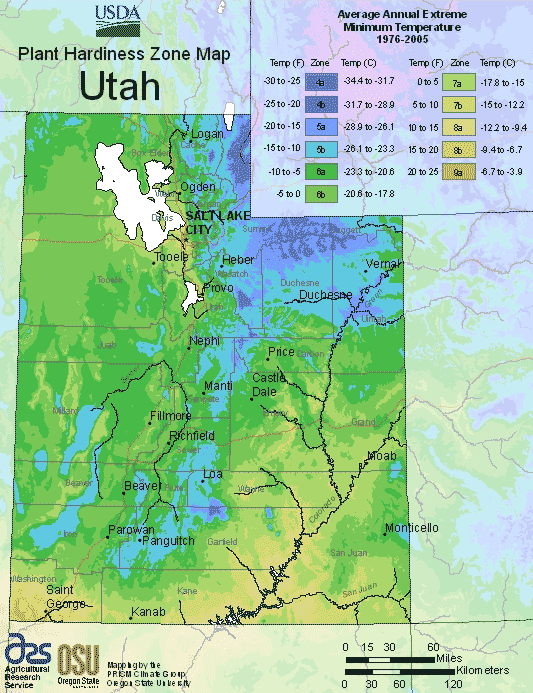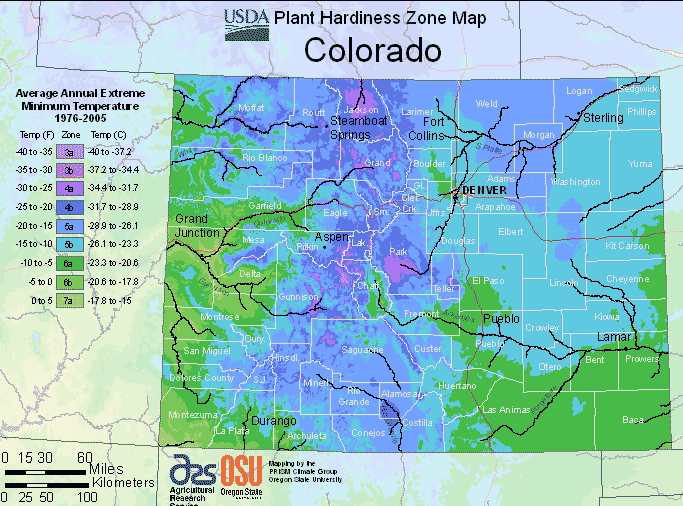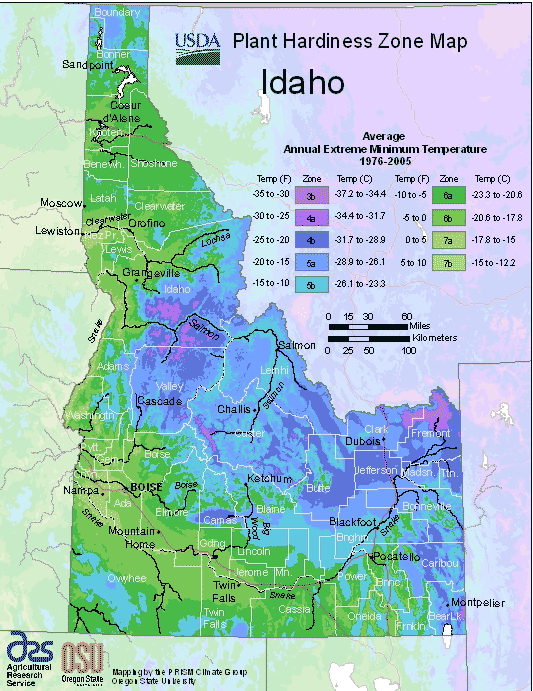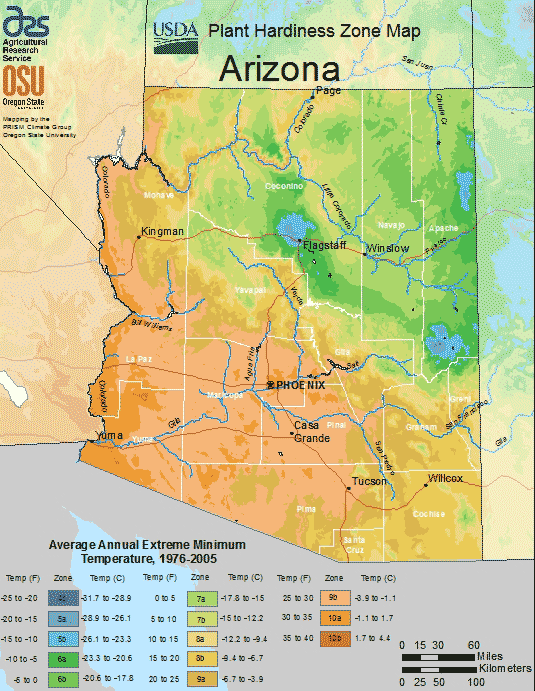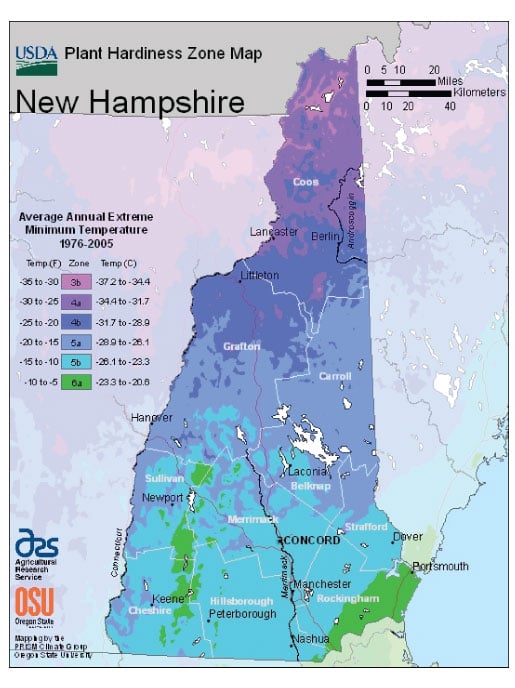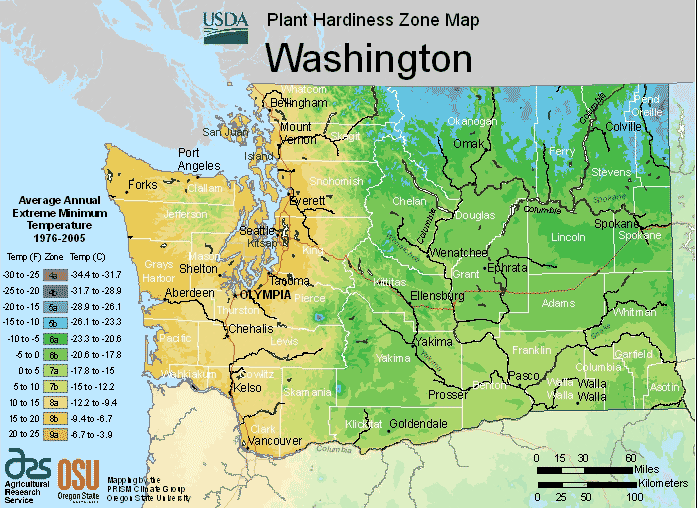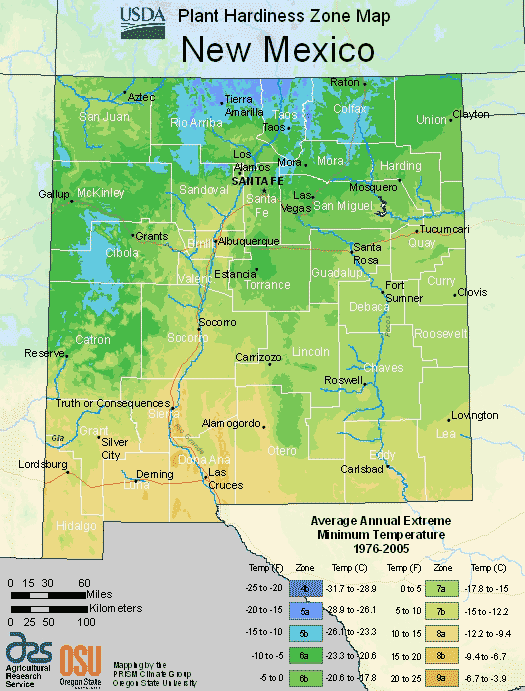Oregon – Planting Zone
Table of Contents Toggle Characteristics of Oregon Planting Region Challenges of Growing in Oregon 1. Severe Weather 2. Temperature Extremes 3. High Elevation A Green Paradise: Best Plants for Oregon’s Planting Zone FAQ What is Zone 8b in Portland Oregon? What planting zone is Portland Oregon in? What zone is the Willamette Valley? What zone …

